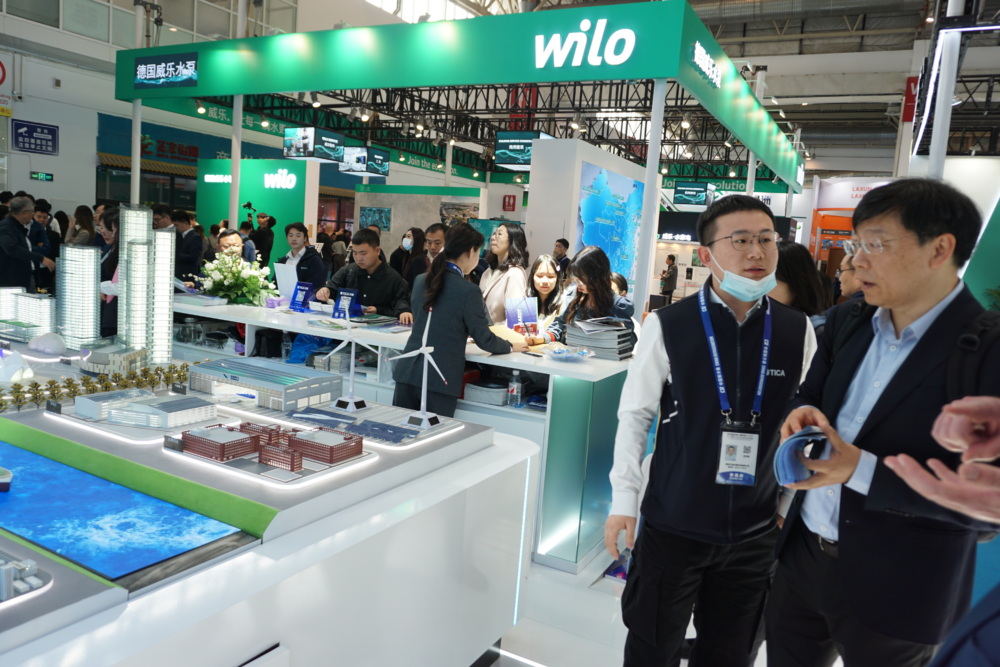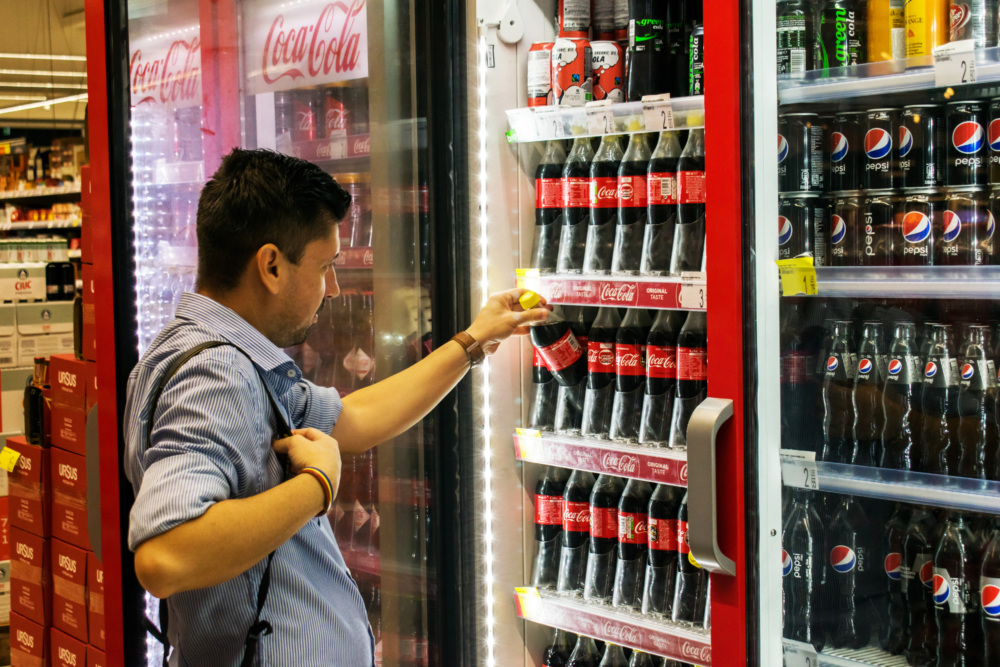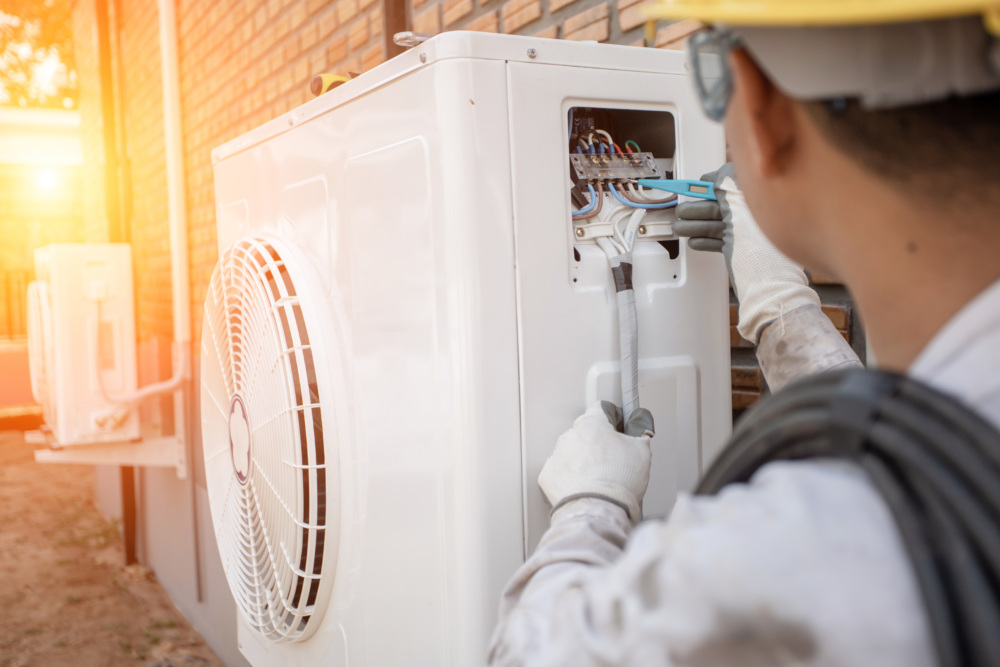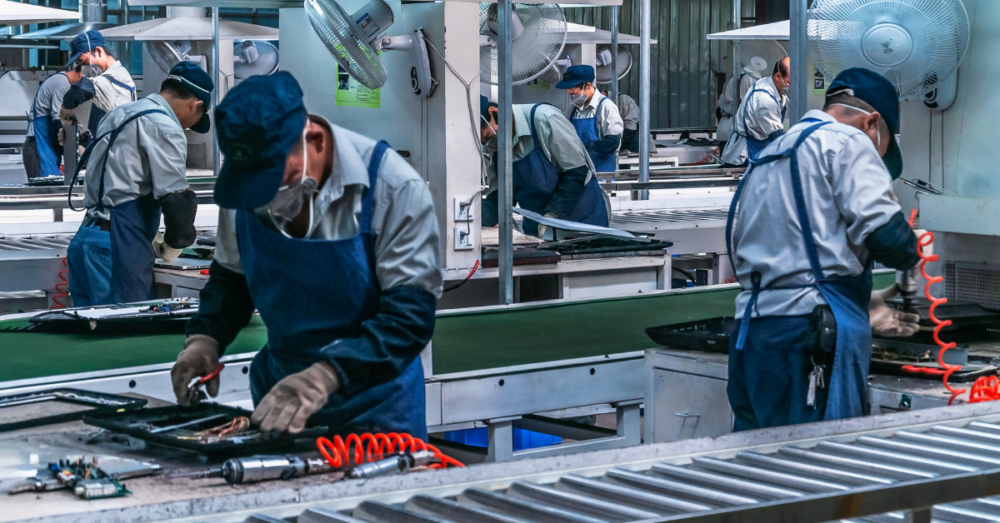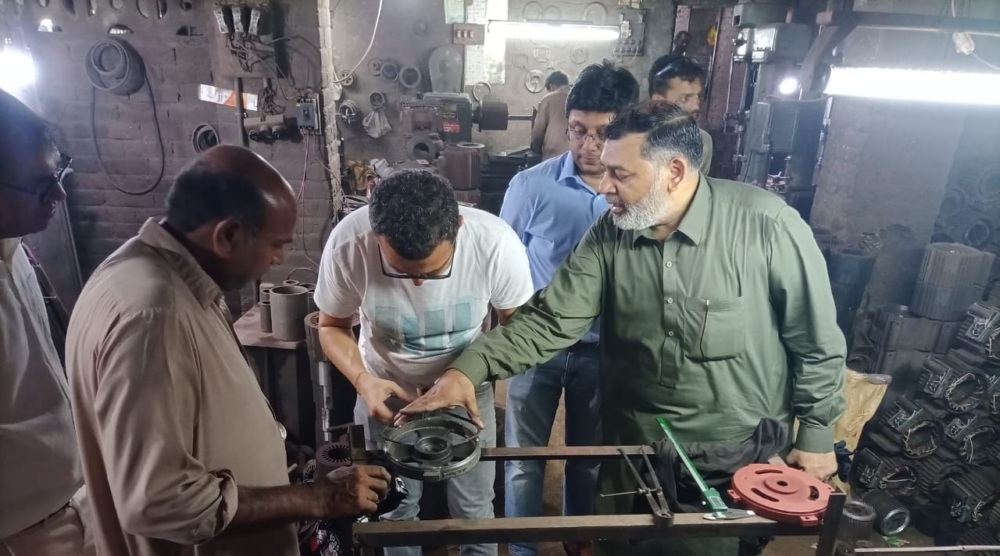World’s Best MEPS: Tracking Leaders in Appliance Energy Efficiency Standards
Minimum energy performance standards are a proven regulatory measure used widely to drive improvements in appliance energy efficiency. CLASP compares current MEPS for six key appliance & equipment types across ten major economies and identifies the most stringent standards.
Find the world’s most stringent energy performance standards for lighting, electric motors, air conditioners, refrigerators, water heaters, and space heating equipment.
Minimum energy performance standards (MEPS), which set performance requirements for the maximum amount of energy an appliance can consume, are an essential tool for decreasing carbon emissions and improving energy access around the world.
This tool assesses MEPS for six high energy-consuming appliances across ten economies and indicates whether existing standards exceed, meet, or are on the cusp of meeting the recommended efficiency and energy consumption levels outlined in United for Efficiency’s Model Regulation Guidelines. In the absence of an existing model regulation, we performed a market analysis and analyzed Best Available Technologies (BAT) to develop our own benchmark. Read the full methodology in our accompanying report.
Non-directional general service lighting products
 Lighting
Lighting
Target: 90 lm/W
Achieving net-zero emissions by 2050 will require widespread deployment of light emitting diodes (LEDs) in all economies by 2025. Setting MEPS that eliminate the sale of inefficient compact fluorescent lamps (CLFs) and incandescent lamps is essential to achieving this goal. Technology-neutral standards treat all appliances fairly and prevent carveouts for legacy technologies (e.g., CFLs) that limit the energy savings potential of a policy and expose populations and ecosystems to dangerous pollutants like mercury.
All economies should adopt technology-neutral MEPS at 90 lm/W or greater to phase out CFLs and incandescent lamps. Economies already meeting this requirement should strive for more stringent MEPS of at least 120 lm/W.
 Electric Motors
Electric Motors
Target: Efficiency Class IE3
Electric motor-driven systems are responsible for more than 50% of global electricity use. The IEA estimates that all new industrial electric motors must be best-in-class technologies by 2035 to achieve net-zero emissions by 2050. There are opportunities for greater energy savings through widespread use of best-in-class motors, variable speed drives, energy management systems, and other interventions, for which we have awarded an additional half point.
All economies should require a minimum efficiency class of IE3, while leading economies should strive for IE4 or IE5. Economies should also consider adopting requirements for additional components such as variable speed drives or for industrial pumps, fans, and air compressors.
 Air Conditioners
Air Conditioners
Target: 5.1 Wh/Wh
In the last three decades, energy demand for space cooling has tripled and accounted for 16% of final electricity consumption in the buildings sector in 2021. To achieve net-zero emissions by 2050, the IEA estimates the average efficiency of AC units must increase by 50% in all economies by 2030. Evidence from the Global Cooling Prize indicates AC technology has the potential to reach efficiency levels of ISO CSPF 8.5 to 9.0 Wh/Wh, which may indicate new opportunities for more ambitious standards.
At a minimum, all countries should adopt technology-neutral MEPS of 5.1 Wh/Wh or greater. Additionally, any economy using an energy efficiency ratio (EER) should switch to a seasonal performance metric for fixed and variable-speed ACs.
 Refrigerators
Refrigerators
Target: 279 kWh/year
Refrigerators make up a sizable portion of household energy consumption behind space heating/cooling, water heating, and lighting. To achieve net-zero emissions by 2050, the IEA estimates that nearly all household appliances sold worldwide by mid 2030 must be as efficient as the most efficient models available today.
At a minimum, all economies should set MEPS at 279 kWh/year or lower. Economies that have already achieved this target should increase their stringency to match U4E’s intermediate target of 223 kWh/year or less.
 Water Heating
Water Heating
Target: 5% of Market Subject to Ambitious Policies
Decarbonizing water heating will be essential to meeting net-zero goals. The IEA estimates that the share of electricity in water heating must exceed 40% by 2050 and fossil fuel products must become more efficient to achieve net-zero emissions. We define an economy’s MEPS as ambitious if at least 5% of new water heaters are required to be ≥ 86% efficient for fossil fuel water heaters and > 100% efficient for electric storage water heaters.
Economies should adopt these MEPS and look for additional opportunities to promote the electrification of water heating in line with IEA targets.
 Space Heating
Space Heating
Target: 50% of Market Subject to Ambitious Policies
Space and water heating together represent almost half of building energy demand. Transitioning from fossil fuels to electricity can lower fossil fuel use and improve energy security. To achieve net-zero emissions by 2050, 40% of all building space heating must be electric. We define an economy’s MEPS as ambitious if 50% of the fossil fuel space heating market is required to have an efficiency ≥ 90% and 50% of the electric space heating market is required to have an efficiency > 100%.
Economies should require condensing efficiency requirements for space heating. They should also encourage electrification through the adoption of heat pumps.
We hope governments, NGOs, and researchers will use this tool to improve MEPS and align with international benchmarks. We encourage all governments to meet or exceed the target MEPS outlined in this analysis in national and/or regional policies and integrate these new efficiency targets into Nationally Determined Contributions under the Paris Climate Agreement and national net-zero emissions roadmaps. A detailed methodology may be found in our accompanying report.
To aid the policymaking process, CLASP offers governments, NGOs, and researchers free tools to browse existing policies and model the energy and climate impacts of MEPS. To learn about new updates and features to these tools sign up for CLASP’s general newsletter and tools newsletter.


